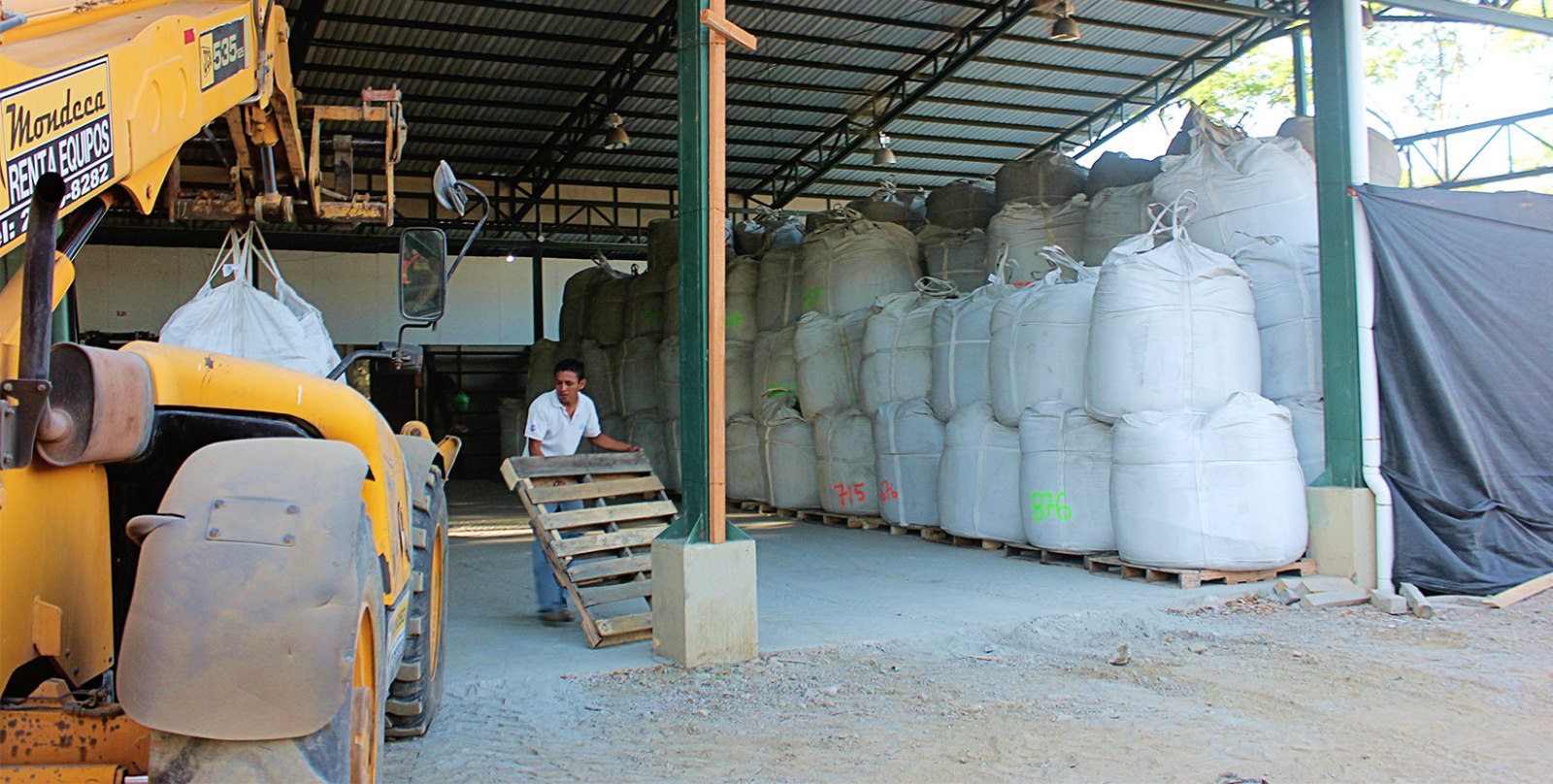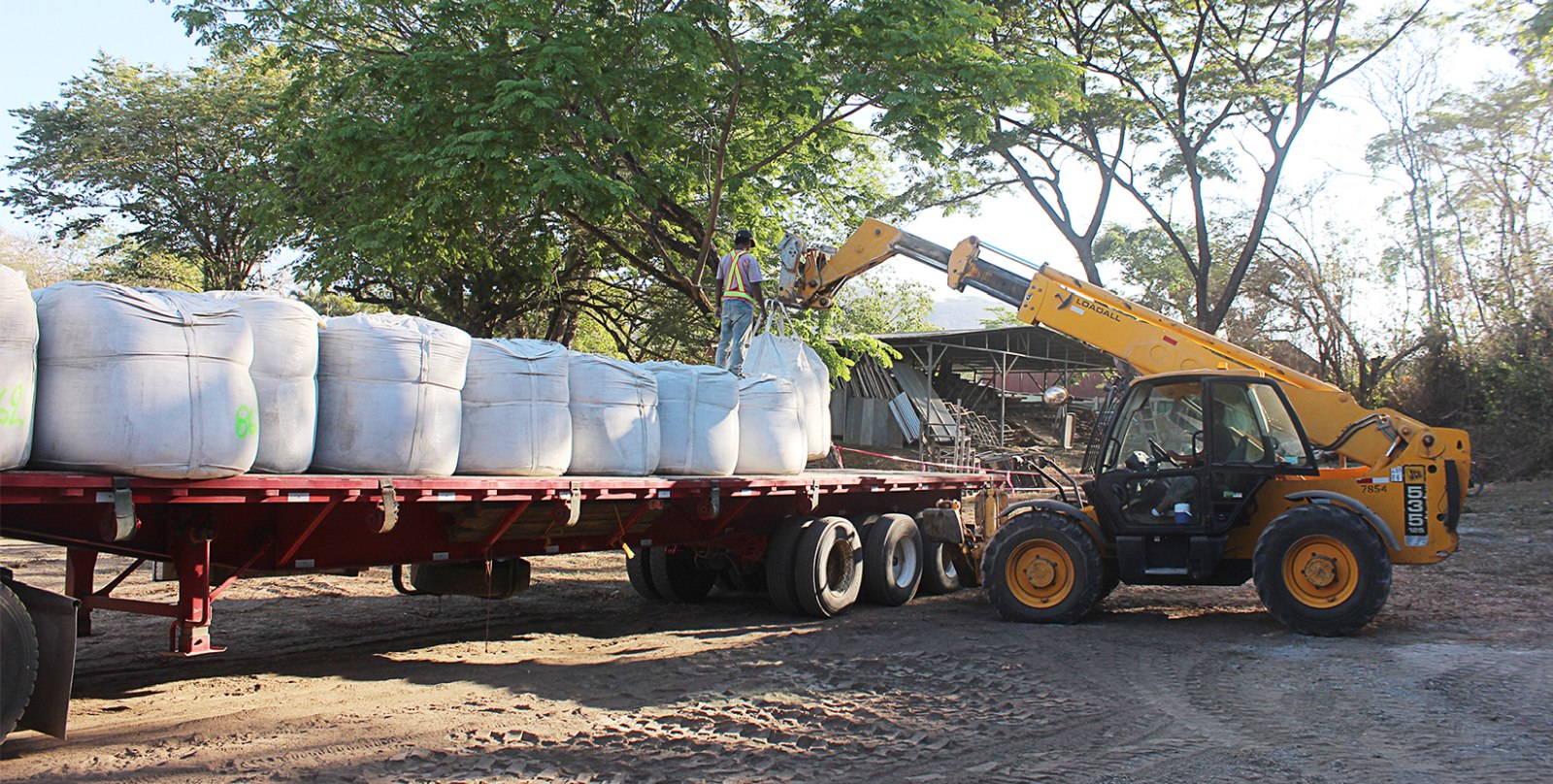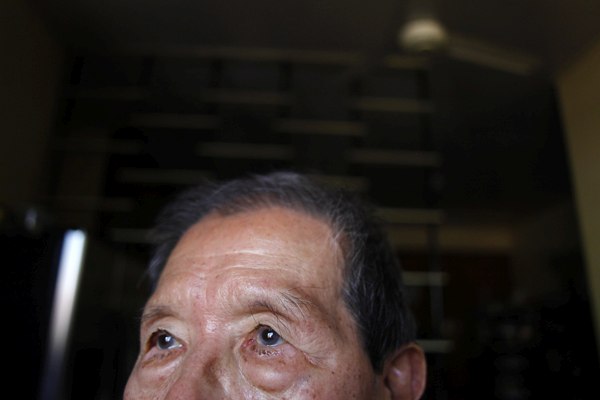
Importing Chinese cement into the country has set off a series of reactions, especially in some municipalities of Guanacaste, since it could affect revenues received by local governments through tax on cement.
Since 1983, Costa Rican law establishes that Guanacaste municipalities are granted 5% of the tax on sales of any kind of cement produced in the province, except for cement that is exported. The companies Cementos Mexicanos S.A. (Cemex) and Holcim Costa Rica S.A. are the main producers in the area, generating millions of colones for local governments annually.
According to data provided by the municipalities, the tax on cement generates on average between ¢150 and ¢200 million ($283,000 and $377,000) annually for Guanacaste municipalities, although it is a figure that fluctuates depending on market behavior.
This benefit could be affected by cement from China entering the market, since it is 20% cheaper than cement produced in the country, which could cause a drop in sales of cement produced by Cemex and Holcim and therefore a drop in revenue for the municipalities.
Viviana Alvarez, representative of the Federation of Guanacaste Municipalities (Femugua- Federacion de Municipalidades de Guanacaste), said they will express to the government their opposition since they aren’t willing to lose that income.
“We do not accept Chinese cement until they compete on equal terms with the cement produced in the country. If it is on equal terms and it will bring us the tax paid by Costa Rican cement, we’ll be doing good. The municipalities of Guanacaste live from the 5% tax on cement and we are not going to lose it,” Alvarez commented.
Cristina Solano, manager of business development for Cemex, indicated that they are still unaware of a technical criteria, so they do not want to comment on the matter. Nonetheless, they believe they are ready to compete at any level.
“We still do not have technical information so we cannot comment on this. However, we believe that the Ministry of Economy (MEIC) should ensure that all imports meet the same requirements to compete on equal terms,” Solano indicated.
Some mayors recognize that the competition could bring benefits to the consumer, although it would be a hard blow to municipal revenues. At least that was acknowledged by Eduardo Pineda, mayor of Hojancha.
“Ideally, an analysis of the quality of this cement should be made and if it is able to compete in terms of quality, fine. It is a fact that as municipalities, we would no longer receive some income, but healthy competition could benefit consumers,” Pineda remarked.
The remarks of Marco Jimenez, mayor of Nicoya, are similar. He believes that healthy competition strengthens the national economy. However, he disapproved of the attitude of the central government for not favoring municipalities.
“It seems to me that it is not a matter of protest; it is channeling the observations that each one of the municipalities has about the conditions in which this cement enters the country, because we have noticed that the current government’s agenda does not favor municipalities or institutions that are leading the social part,” Jimenez said.

MEIC Approved Chinese Cement
On April 15th, the National Laboratory of Materials and Structural Models (LANAMME- Laboratorio Nacional de Materiales y Modelos Estructurales) and the Costa Rican Metrology Laboratory (LACOMET- Laboratorio Costarricense de Metrologia) analyzed international certifications presented by the company SINOCEM and concluded that the Chinese cement complies with the physical and technical standards stipulated by law, but it does not have the chemical requirements for hydraulic cement.
Based on this resolution, MEIC ruled that the cement complies with the “resistance to compression, a must for any structure element” and therefore “does not compromise the security of people, and there is no objection to the use of this product.”“If importing cement into the country causes prices to drop, the ones who will benefit are the consumers. Later, one would expect that lower prices would increase consumption and ultimately the companies would end up selling more at a lower price and no one would be affected and the market becomes more efficient,” Ramos commented.
Ramos clarified that it is not true that the Chinese cement does not pay any taxes because 10% goes to the coffers of the Ministry of Finance, as established by the trade agreement with this country. However, because it is a product from abroad, taxes are not paid to the Guanacaste municipalities, since in the case of Cemex, this tax is generated by mining in Colorado of Abangares.
By law, 5% of the tax on the sale of cement is distributed in equal amounts to the respective municipalities of Guanacaste. According to Grace Rodriguez, in charge of the budget of the Municipality of Hojancha, in 2014, the municipality received about ¢195 million ($368,000) due to this concept, and for 2015, more than ¢200 million ($377,000) is projected.
According to Rodriguez, payroll and audits are paid with this income and not receiving it would be a sensitive decrease for municipal finances.
A similar situation would be faced by the other Guanacaste municipalities if the companies operating in the province suffer a drop in sales due to the competition.
|
In early April, a shipment of 7000 tons of Chinese cement entered the country. Part of this shipment is being used in the construction of the dike along the Nosara River by JCB Group, whose president, Juan Carlos Bolaños, is also a representative in Costa Rica of SINOCEM, which is the company responsible for importing the Chinese cement to the country. In the case of Nosara, work was suspended following an order from the National Emergency Commission (CNE- Comision Nacional de Emergencias) on April 10th. In the order, the CNE requested that an assessment be done to determine whether the product could be used in the country since JCB, the company in charge of the work, was going to use the Chinese cement. After the endorsement issued by the MEIC, work resumed on April 20th. |







Comments